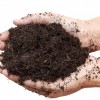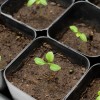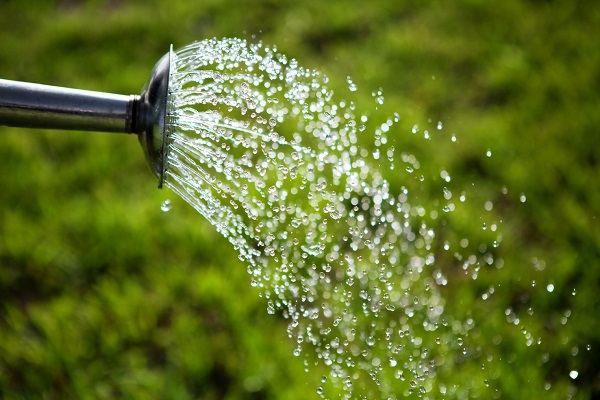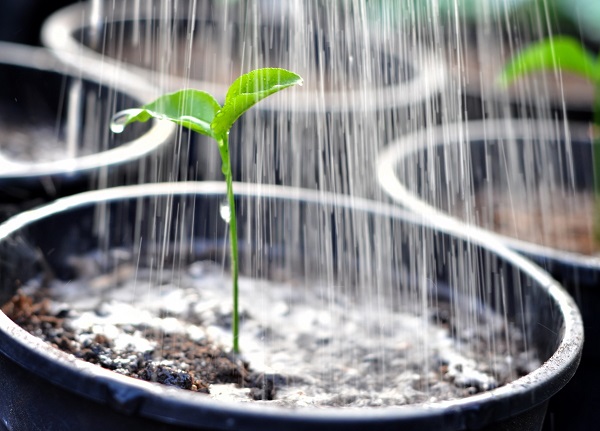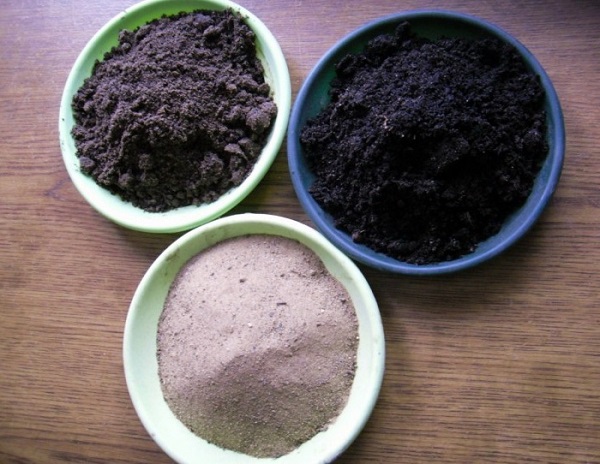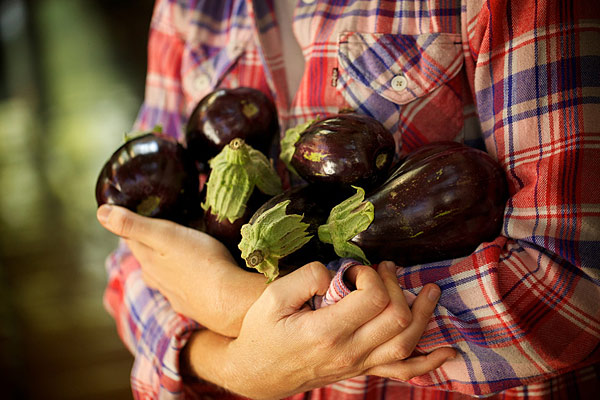All about growing eggplant in a polycarbonate greenhouse
Content
Planting material
One of the most essential processes is preparing the soil, seedlings or seeds for planting. Here everyone can go their own way and choose the most suitable planting method. Every experienced gardener knows that in no case should plants be planted in the same soil for several years. This can lead to low yields and to the fact that the plant simply does not take root in the soil.
Before planting, you need to prepare the soil:
- update;
- fertilize;
- leave for a few days in complete rest to allow the soil to rest.
Only with such preparation, the soil will be fertile, and as a result, you will get a good harvest. Since eggplants do not like the same soil, they need to constantly change the place of planting.
One of the most important steps in soil preparation is harvesting. The first thing to do is to clear the soil of plant debris. Plant debris includes: old roots or branches of plants, weeds, rotten or dried stems, leaves, tree branches and even stumps. After cleaning up plant debris, it is necessary to loosen the soil so that the air passes better into its lower levels, and then water the soil.
Why is it necessary to water the soil without plants? This stage, oddly enough, is very important in the process of planting eggplants. Since before planting, other plants could have been in this area, as practice shows, they were necessarily fertilized with one or another chemistry. To wash out all these chemicals and fertilizers from the soil, it is necessary to thoroughly flood the planting area and leave the site alone for several days.
During this time, the soil will absorb all the moisture, and will also have time to rest, after which you can start planting plants. As many gardeners and plant experts advise, the disinfection process has a positive effect on the condition of the soil. This is especially true of the soil for planting eggplants. To do this, you need to make a solution of copper sulfate - 2 tablespoons of sulfate in a bucket of hot water. Having processed the soil, it is required to give time for the soil to dry out, after which, dig up the soil.
Video "Growing eggplants in a greenhouse"
How to properly grow eggplants in a greenhouse is described in this video.
Preparing the plant for planting
There are two ways of planting: seeds, cuttings. Many gardeners plant eggplants with cuttings, since, as practice shows, the plant takes root faster, begins to grow and gives better yields. To do this, it is necessary to prepare seedlings in advance, in winter.
Many gardeners recommend choosing fairly voluminous pots for planting seedlings. This is due to the fact that the roots of eggplant are quite sensitive to damage. If it is not possible to buy pots, then you can use half-liter jars or plastic containers. The most optimal bottom size in a container is 8 cm.If you plant eggplants with seeds, then the seeds also need to be prepared.
Greenhouse preparation
Greenhouse preparation is one of the most important steps in the eggplant planting process. In addition to preparing the soil, this process includes:
- checking the health of the ventilation, if any, or the health of the windows;
- preparation of the temperature regime;
- preparation of the irrigation system;
- checking air humidity;
- lighting in the greenhouse.
Polycarbonate greenhouses are some of the best quality planting facilities available. Therefore, with proper preparation of a polycarbonate greenhouse, the yield of any plant, even requiring special care, is at the highest level.
One of the most important issues in greenhouse preparation is the irrigation system. Since today there are already special systems, you don't have to think too much about watering the eggplant. The best choice for a polycarbonate greenhouse is a drip irrigation system. Firstly, the cost of the system is at the budget level, moreover, it can be done independently. Secondly, using a drip irrigation system can save water and time well.
Also, the drip irrigation system is great for growing and caring for eggplant. The temperature in the greenhouse is the second thing to pay attention to. If your greenhouse does not have a special thermometer, then be sure to acquire one, since the correct air temperature only positively reflects on the growth of plants.
The air humidity sensor, perhaps, will also not be superfluous, as this will allow you to carefully monitor the humidity level in the greenhouse. And the last is the thermostat. With such a device, you can easily ventilate the greenhouse with a certain regularity.
Transplanting
Planting seedlings is the most important stage, making a mistake in its implementation, you can not wait not only for the harvest, but also for the survival of the plant itself. Before planting seedlings, the soil must be prepared. What is included in soil preparation at this stage:
- the soil must be leveled;
- mark the holes.
The optimal distance between the holes, and in the future between the bushes of plants should be not less than 45 cm, and the distance between the rows - about 60 cm.After you have marked the holes, they must be sprinkled with ash, which must be thoroughly mixed with the planting earth. After fertilizing the soil with ash, each hole is watered. On average, one hole takes about 1.5 liters of water.
When planting seedlings, you must be very careful, since the main task is not to damage the roots of the plant. To make it easier to plant seedlings in the ground, it is recommended to fill it with water for several hours before planting, so that the earth does not crumble from the roots. The main rule for planting seedlings is to plant the plant about 1-2 cm deeper than it was planted in a pot for seedling growth.
After planting seedlings in the soil, it is necessary to compact the earth a little, for this you need to spill it with water. In order to avoid the formation of an earthen crust, it is necessary to sprinkle the top layer of soil with a layer of humus or peat. In order for the seedlings to take root and grow stronger, for the first few days, especially if they are hot, it is recommended to stretch a cloth over the greenhouse to create shade.
Care
Eggplants are quite whimsical plants, however, if you follow most of the standard rules, then the yield will quickly please you. When growing eggplants in greenhouses, you must remember that these plants are very fond of moisture and water. Since a polycarbonate greenhouse is quite dense and does not allow air to pass through much, watering must be careful. It is recommended to water the plants with warm water only. The basic rule of watering is that it must be regular. It is best to water the plant in the morning and then ventilate the polycarbonate greenhouse to achieve moist soil rather than air.
28 degrees is the most optimal temperature for growing eggplants in a polycarbonate greenhouse. To keep the temperature at about the same level, the greenhouse must be constantly ventilated. To constantly see the current temperature in the greenhouse, it is recommended to hang thermometers, preferably two - at one and the other end of the polycarbonate greenhouse.
Eggplant care also includes plant nutrition. It is recommended to feed the plants at least three times per season. It is best to use the following to fertilize the plant:
- mineral and complex fertilizers, such as Kemira, Rassvurin, it is better to apply them in the period before fruiting;
- nitrogen-phosphorus fertilizers, such as Superphosphate, Ammonium nitrate, after the first fruits appear.
Another important care element is the eggplant garter. Since in a polycarbonate greenhouse, unlike growing in an open area, the plant stretches upward, the garter process is necessary. You need to tie up each plant, sometimes even in several places. Also, for better growth, it is recommended to remove the lateral fragile processes.
Even with proper care, growing eggplants in a greenhouse can lead to various diseases and pests. Most often, these are aphids, spider mites and whiteflies. Diseases of eggplant grown in a polycarbonate greenhouse include tobacco mosaic and phytophthora.
Fruit picking
You can start harvesting eggplants in the greenhouse 3035 days after they bloom, this is called the technical ripeness phase. During this period, they reach the size and color that are characteristic of the variety. You can collect fruits with a break of 5-6 days.
The best way to harvest fruit is by pruning with a pruning shear. Since, using this tool, there is no way to spoil the plant, which should continue to bear fruit. In no case should you pick the fruits by hand, as this is traumatic for the plant.
Do not forget that it is not recommended to store eggplants raw for a long time or without freezing them, as they quickly lose their quality, taste and appearance. In a dry place with a relatively cool air temperature, eggplant fruits can be stored for several months. It is also not recommended to store eggplants in the refrigerator for a long time (in order to avoid poisoning), since eggplants spoil quite quickly and easily. Remember that with proper care, a very good eggplant crop can be grown in a polycarbonate greenhouse.
Greenhouse Eggplant Tips Video
Experienced gardeners in this video share their secrets on growing eggplant.

